|
China Tour: Li River
Following Hong Kong, we stayed two nights
in the Li River
area, the first at
Guilin and the second at
Yangshuo. The
area has long been famous for its dramatic
karst
topography of jagged peaks, sheer cliffs, and complex limestone
caverns. We spent much of the time taking in the scenery from
the water, in two different boat trips, but also underground and
from atop a mountain.
It was here that we really began to appreciate the scale and size of
the country, particularly the population. We were expecting Guilin
to be a small city of perhaps a few thousand residents, and Yangshou
to be a village of a few hundred. Although Guilin is a small center
by China standards, it had a population of more than a million. And
the "village" of Yangshuo has several hundred thousand residents.
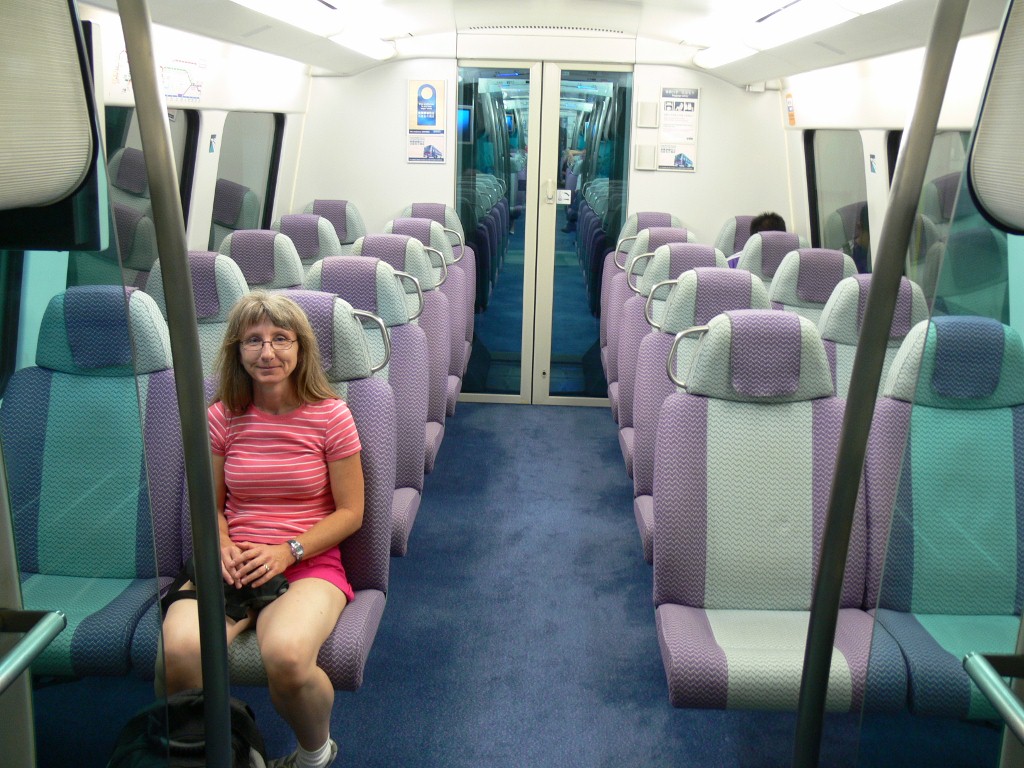_small.jpg) |
Whenever the choice
was bus, taxi or train, we always chose train. Trains often are more
cost-effective, faster, and provide a better view of the countryside. We
took the
Airport
Express from Kowloon to the Hong Kong airport. Check-in was easy, and
the train was sparkling clean, modern and efficient. |
_small.jpg) |
We arrived at the
gate near boarding time, and were the last to get on a very packed shuttle
that would take us to the plane. Everyone seemed happy and friendly. The bus
had an prancing horse
symbol on the steering wheel, but we're pretty sure it wasn't a Ferrari. |
_small.jpg) |
Our guide, Sue, met
us at the airport in Guilin with a car and driver. This is the clean and
comfortable van that we would travel in during our stay in the area. You
must have a Chinese drivers license to drive in China. Car rentals are
available, but they come with a driver if you don't have a Chinese license.
Apparently it is against the law for drivers to be guides, and the drivers
typically do not speak English. So if you can't speak Mandarin, you
generally need a guide as well. Driving is aggressive, congested, and
haphazard in China. Lanes seem to be taken as hints. Oncoming cars, while
passing another on the highway, often ducked out of our lane at the last
second, barely avoiding a collision. |
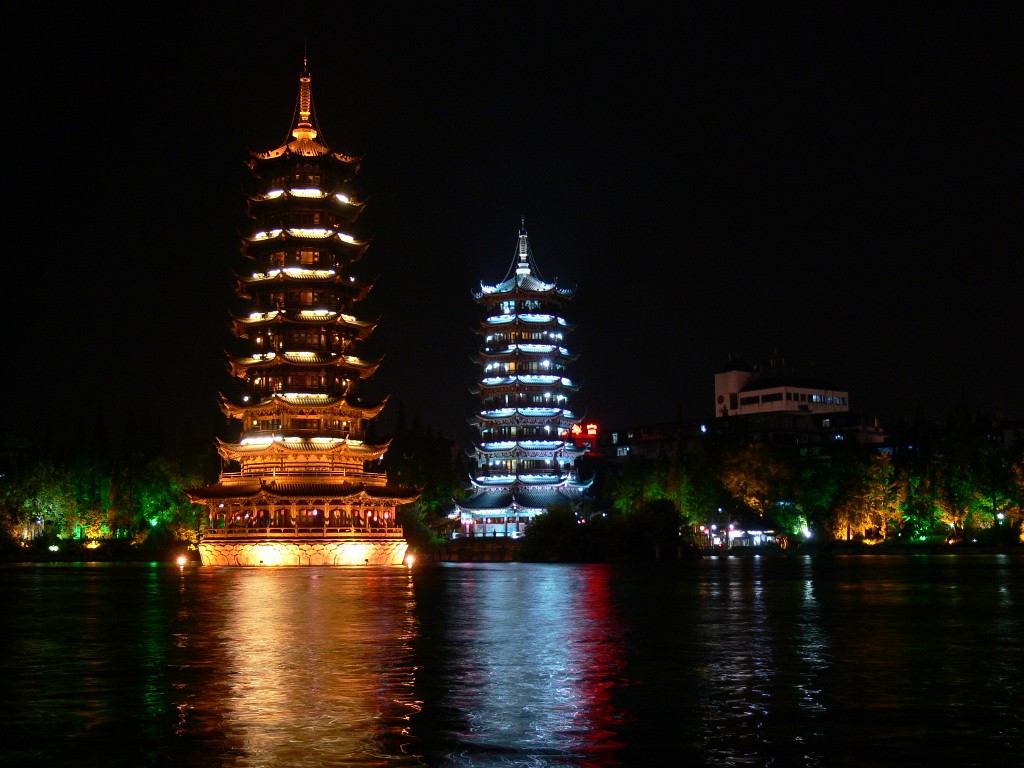_small.jpg) |
We'd taken an early
evening flight. After checking into our hotel, we went on a river boat ride
through the city lakes, part of a large park in downtown Guilin. We embarked
at dusk, and as night fell, the various buildings and bridges en route came
aglow with light. These two towers are called Sun and Moon because one is
lit up in gold and the other in silver. The lake tour was one of several
excellent area attractions that Dave Bruels at
Interlake China Tours
recommended, but that weren't mentioned in any of the guidebooks we'd
consulted before the trip. |
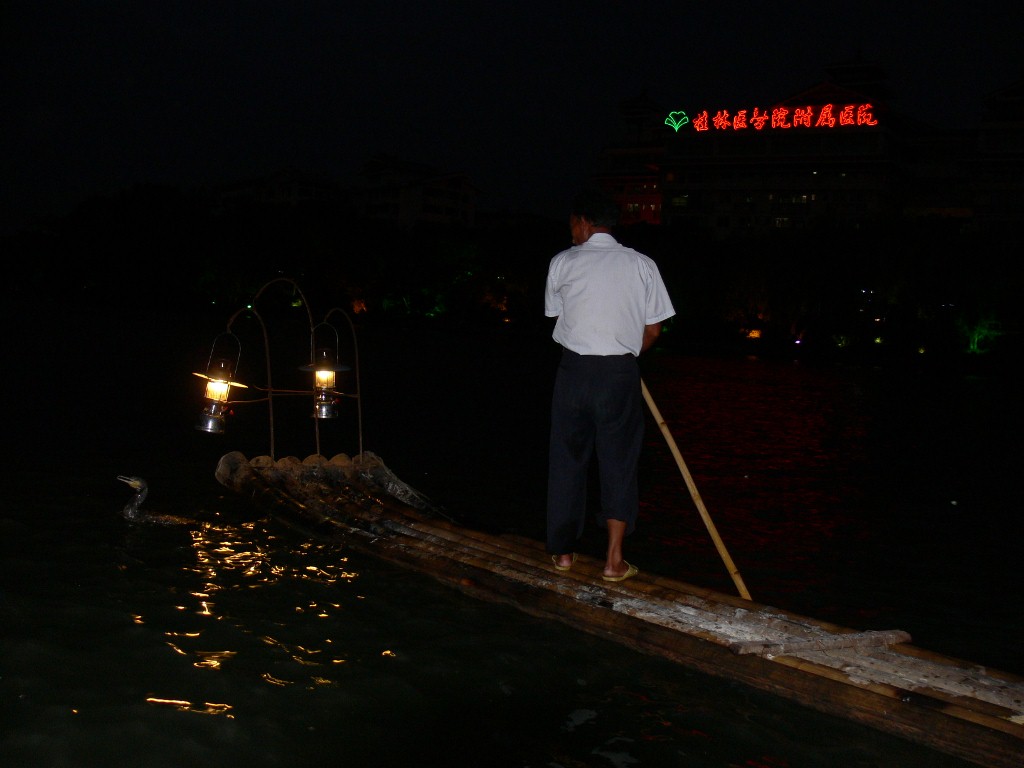_small.jpg) |
Cormorant fishers
came alongside the boat in bamboo rafts to demonstrate their craft. They
fish using trained cormorants. Loops around the bird's necks prevent them
from swallowing their catch, so the
fisher can retrieve the
fish instead. |
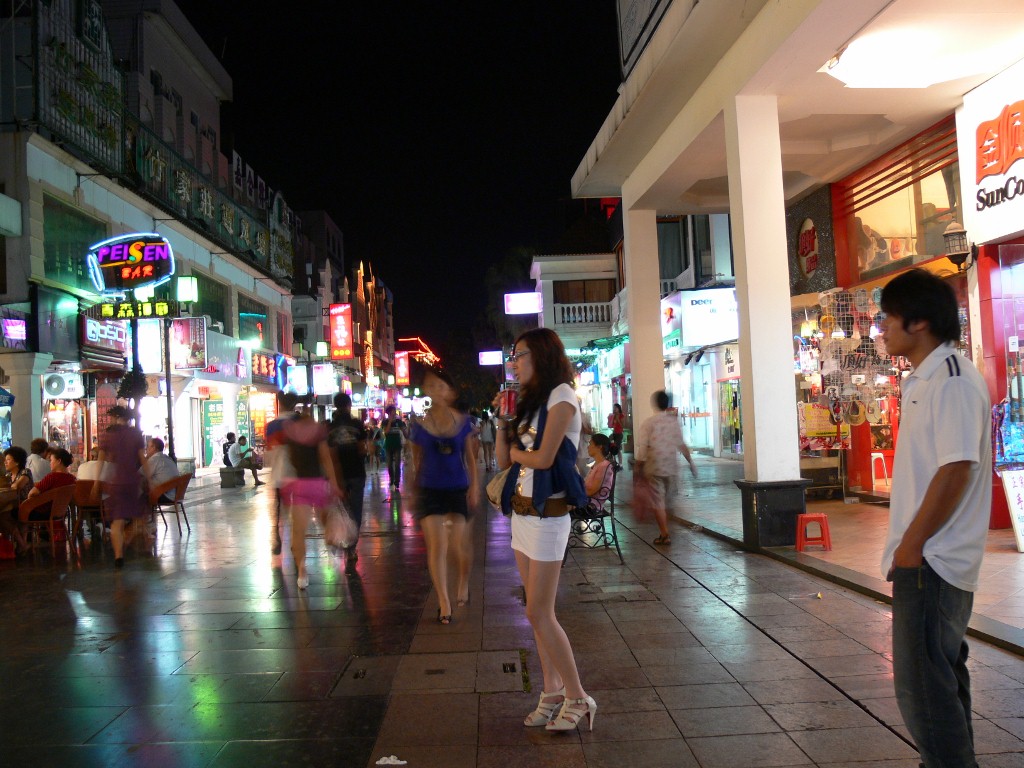_small.jpg) |
After the lake tour,
Sue helped us order dinner from a local restaurant--nobody spoke English and
the menu was only in Mandarin. Then we were on our own for dinner and the
rest of the evening. After dinner, we walked around Guilin's vibrant
pedestrian mall. As in every Chinese city we visited, the place really comes
alive at night. Diners filled the patios of busy restaurants and bars, the
stores all were open late, and people of all ages strolled the boulevard. |
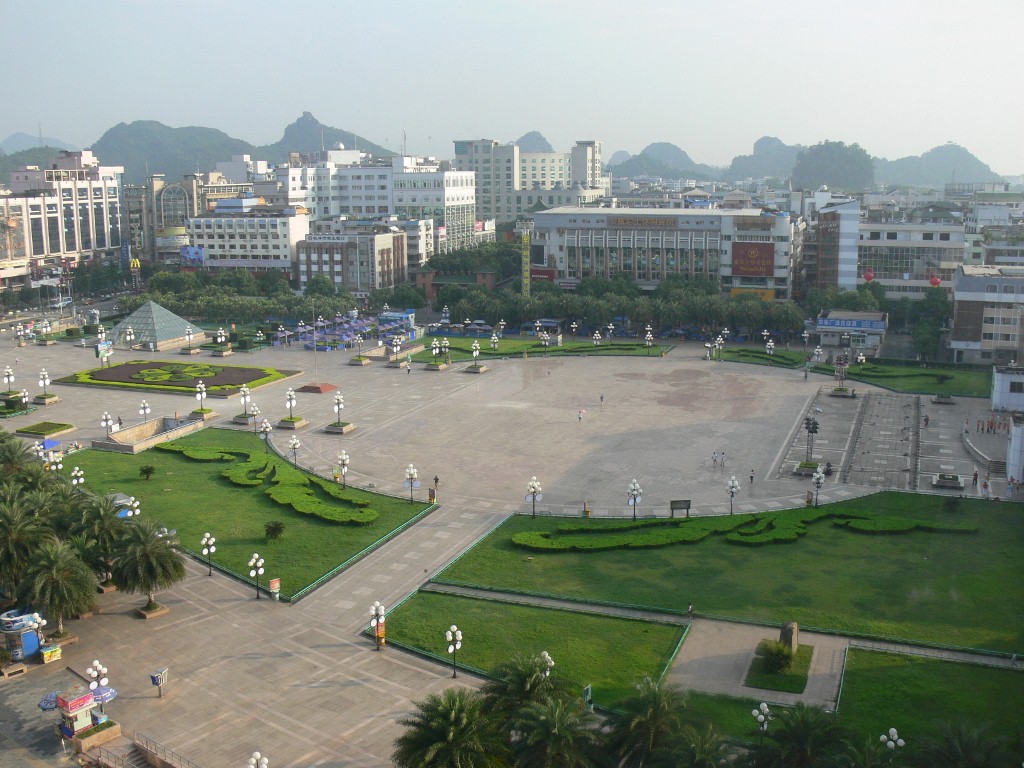_small.jpg) |
This is the view of Guilin's main square, and the mountains beyond, from our
hotel room the next morning. Groups of
people were exercising
and one was practicing
with a sword. The hotel was rather elegant--the rooms were set around
a large atrium with a
polished floor that reflected the lights from above. |
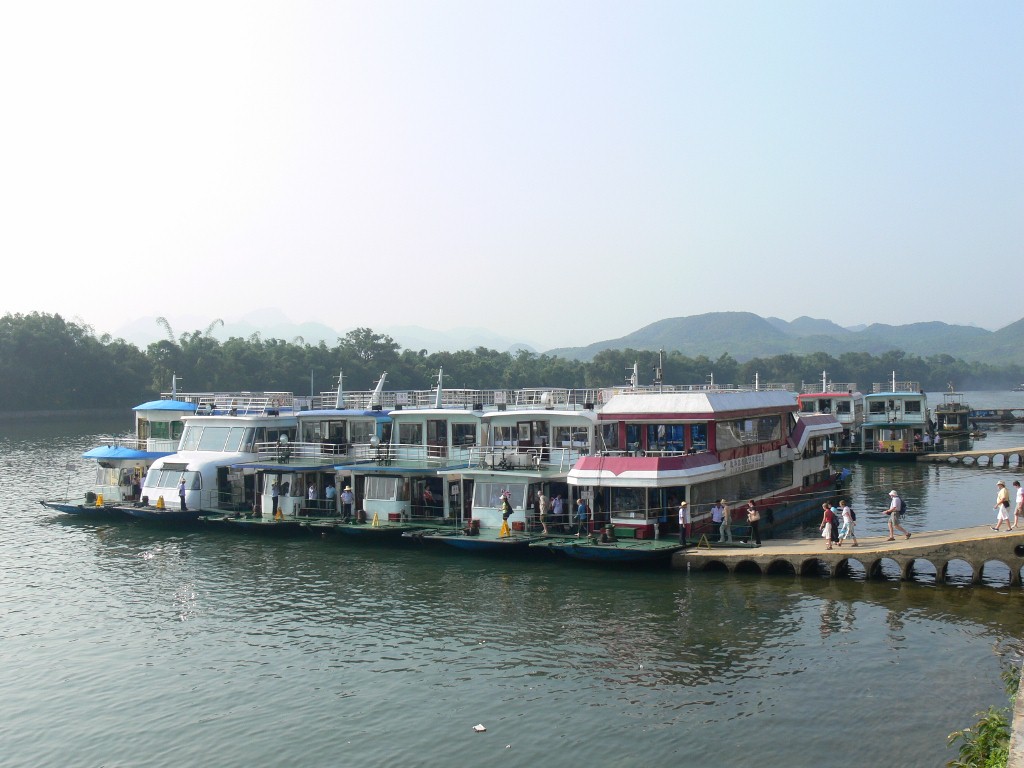_small.jpg) |
The docks for the Li River cruise were about a half-hour's drive from our
hotel. We would cruise downriver to Yangshou for about 5 hours, including
lunch on board and a stop at one of the major caves. The river tour is
immensely popular. This is only a small fraction of the tourist boats that
ply the river. |
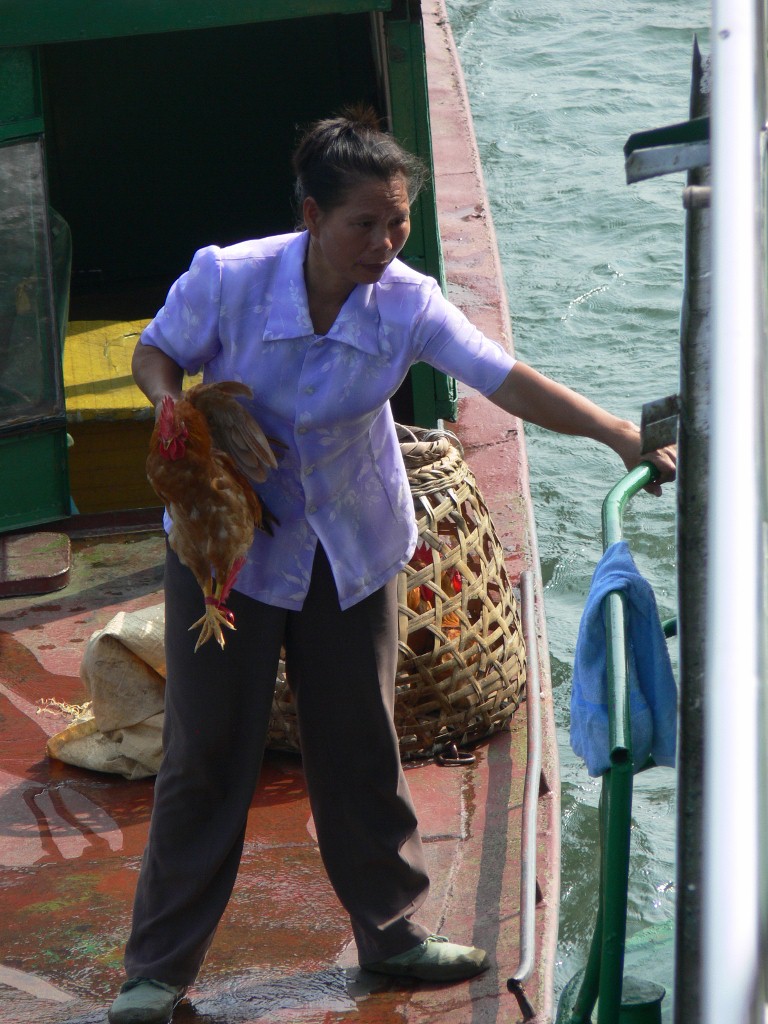_small.jpg) |
The larger tour boats all had kitchens in the back where meals were
prepared. As the boats left the dock, sampans carrying fresh produce and
meat approached the cruise boats. This live chicken passed over to our boat
presumably became part of the delicious lunch we enjoyed later that day. |
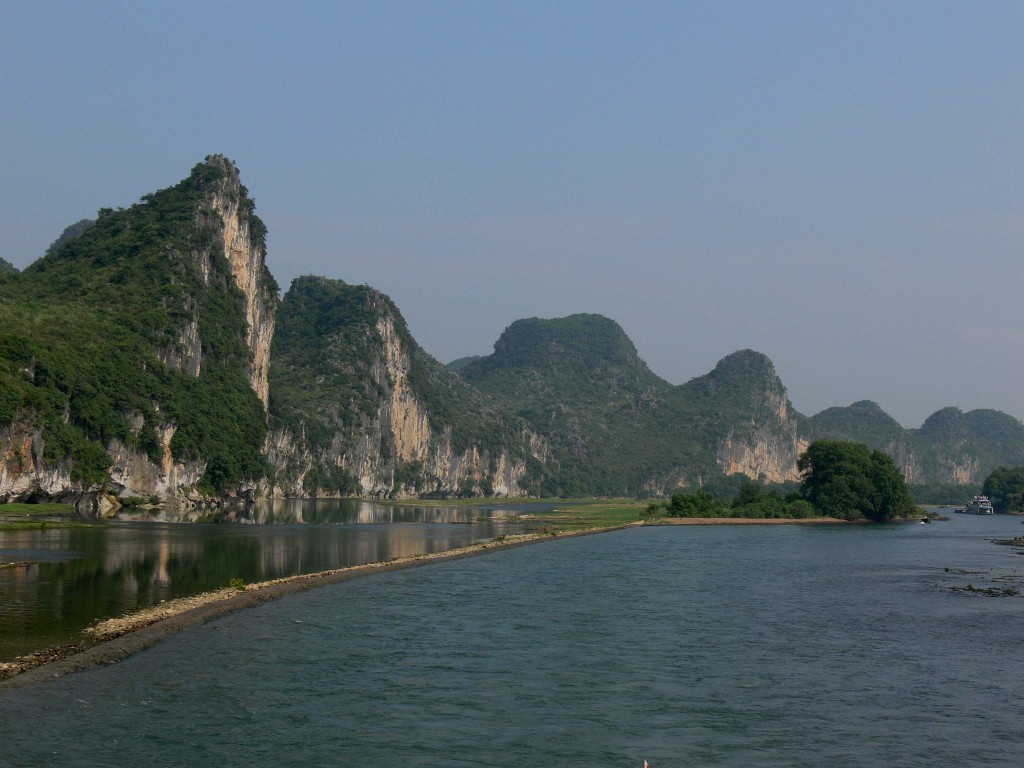_small.jpg) |
The scenery along the Li River truly is remarkable--we really enjoyed the
cruise. Even though the weather was blistering hot and humid, we spent most
of the trip enjoying the views from the rooftop deck, rather than in the
air-conditioned cabin below with the other travellers. Sue probably thought
we were a little nuts to do so, but we decided we'd just pile on the
sunscreen, wear hats, ignore the heat, and have a shower later each day
rather than in the morning. |
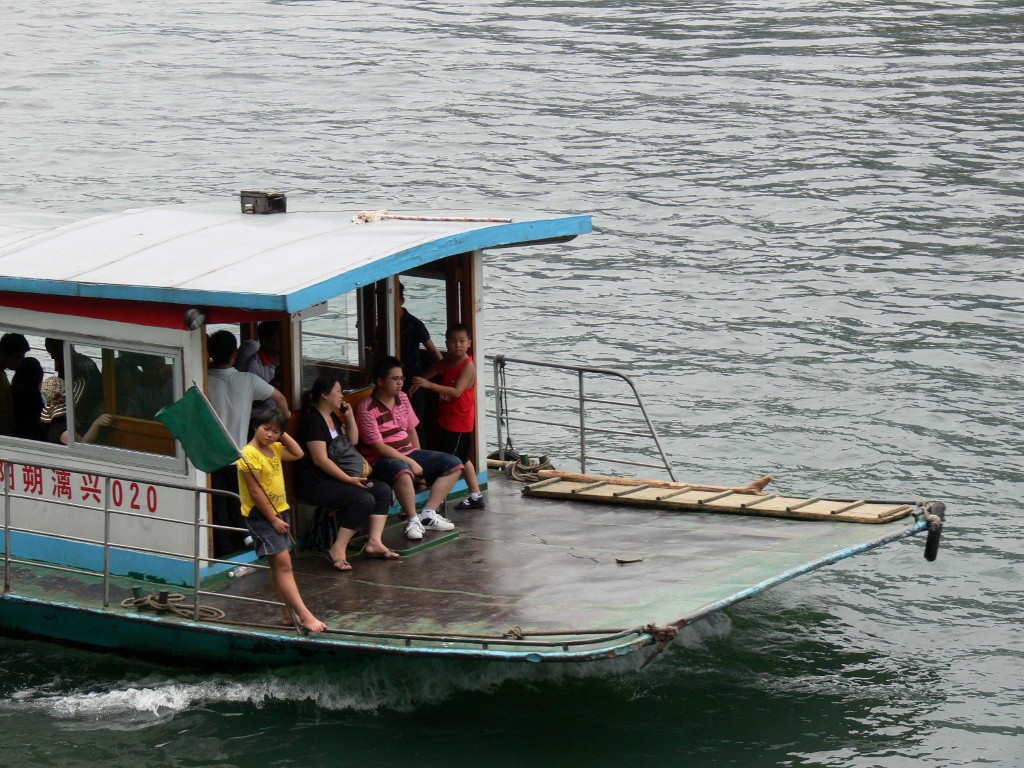_small.jpg) |
Boating seems as aggressive as driving. The crowded waterway is fairly
shallow and narrow in points, and the "give way" vessel seemed nowhere in
evidence. For collision avoidance, boats use flags to indicate their
intention. This boat is showing a green flag to indicate that they will pass
another vessel on their starboard side. You can imagine this system evolved
after numerous accidents and near misses. |
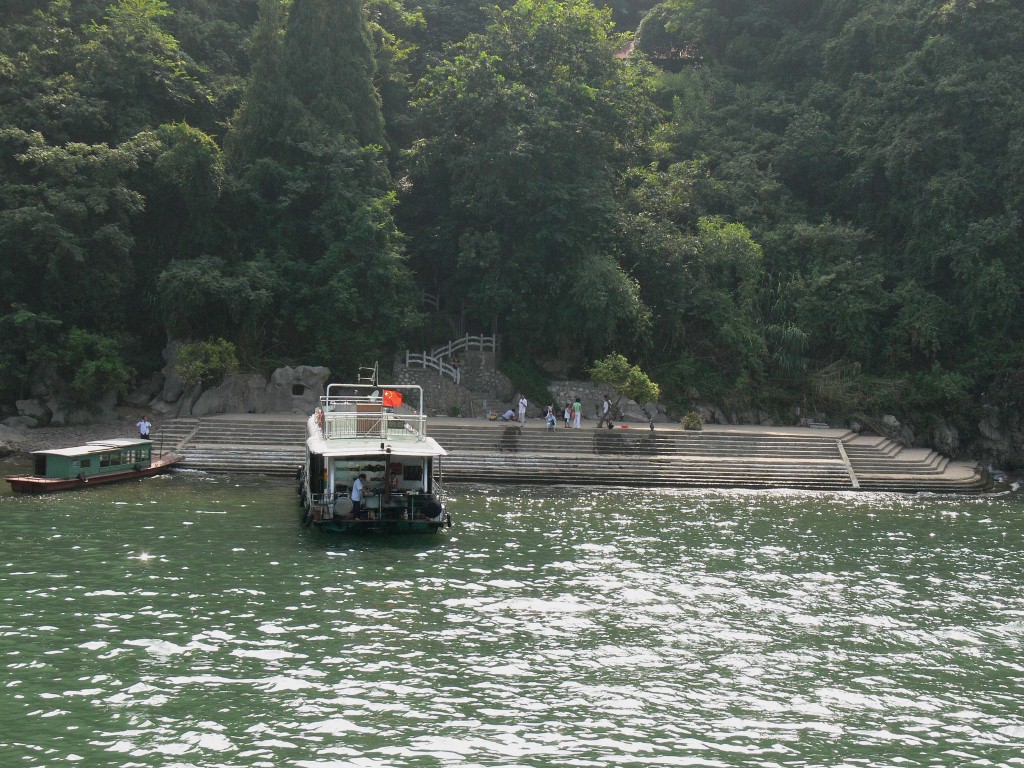_small.jpg) |
Partway along, we stopped at Crown Cave. To disembark their passengers, the
tour boats just push up against a staircase, drop a ramp, and
everyone walks off.
It's very efficient. |
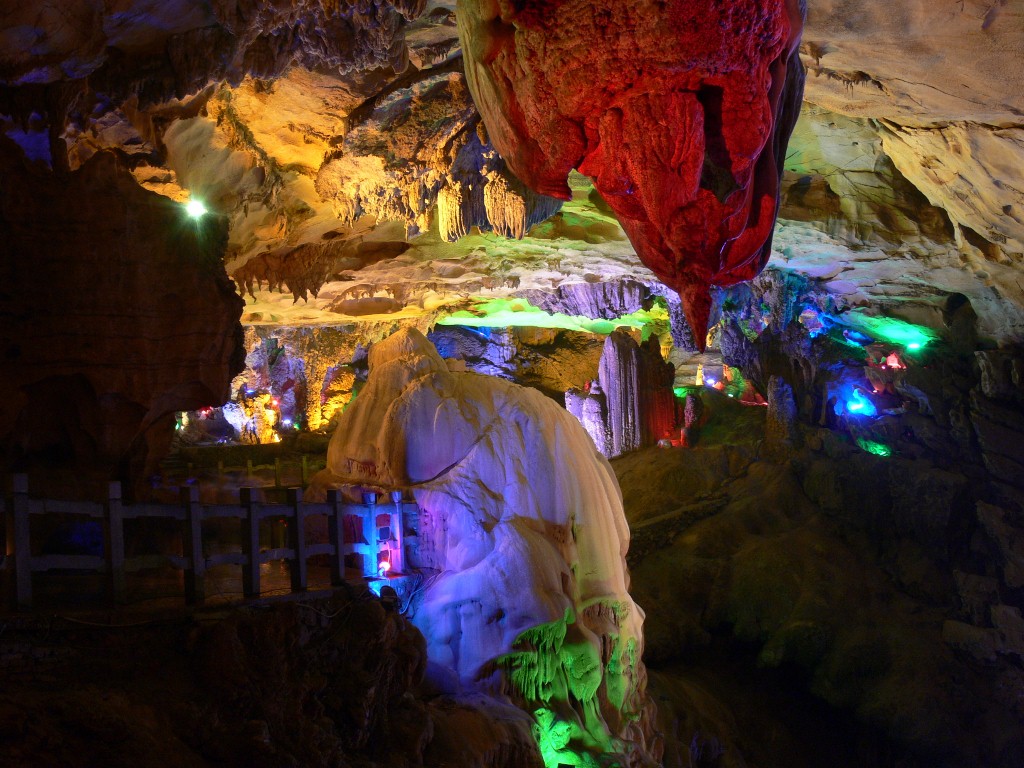_small.jpg) |
Crown Cave extends for roughly
7.5 miles, although only about 2 miles are open to the public. Complex and
massive stalactites and stalagmites extended from the floor and ceiling of
huge caverns. The formations looked so fantastic it was difficult to imagine
they were natural. Colored floodlights completed the effect. |
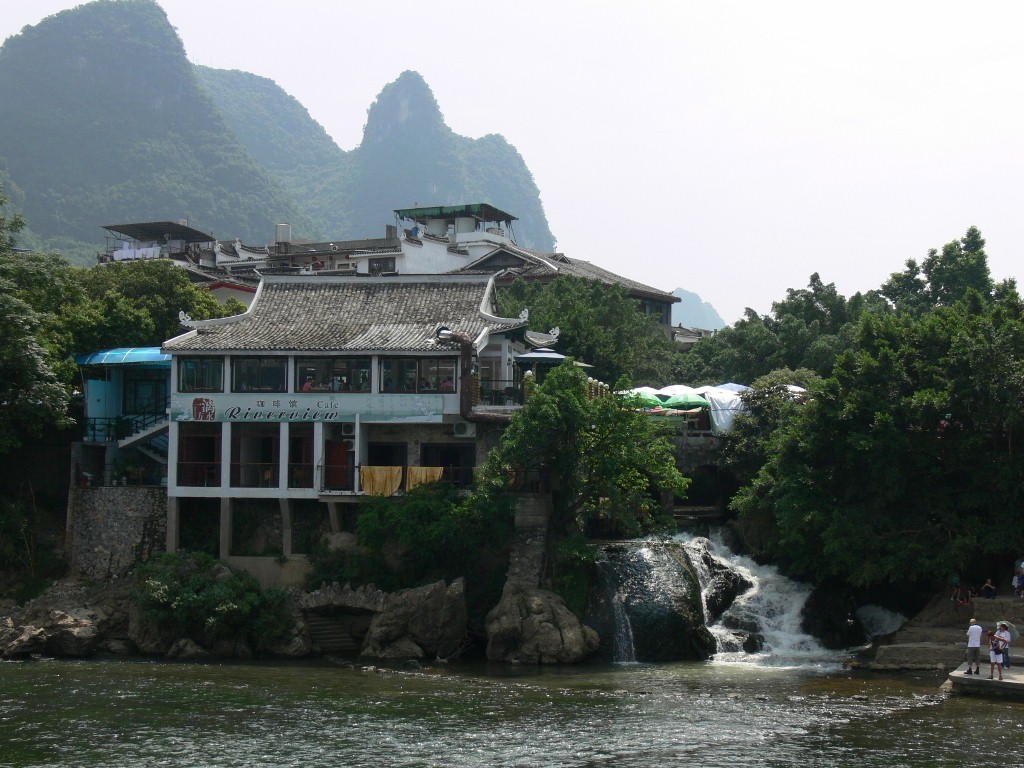_small.jpg) |
We arrived at Yangshuo in the early afternoon. (The dock is barely visible
at the bottom right of this photo). Our hotel was about a 15-minute walk
through town, giving us a chance to see the main tourist drag and much of
the town. Yangshuo is much smaller and more traditional-looking than Guilin,
with a slower pace. But not totally traditional--KFC
was there. |
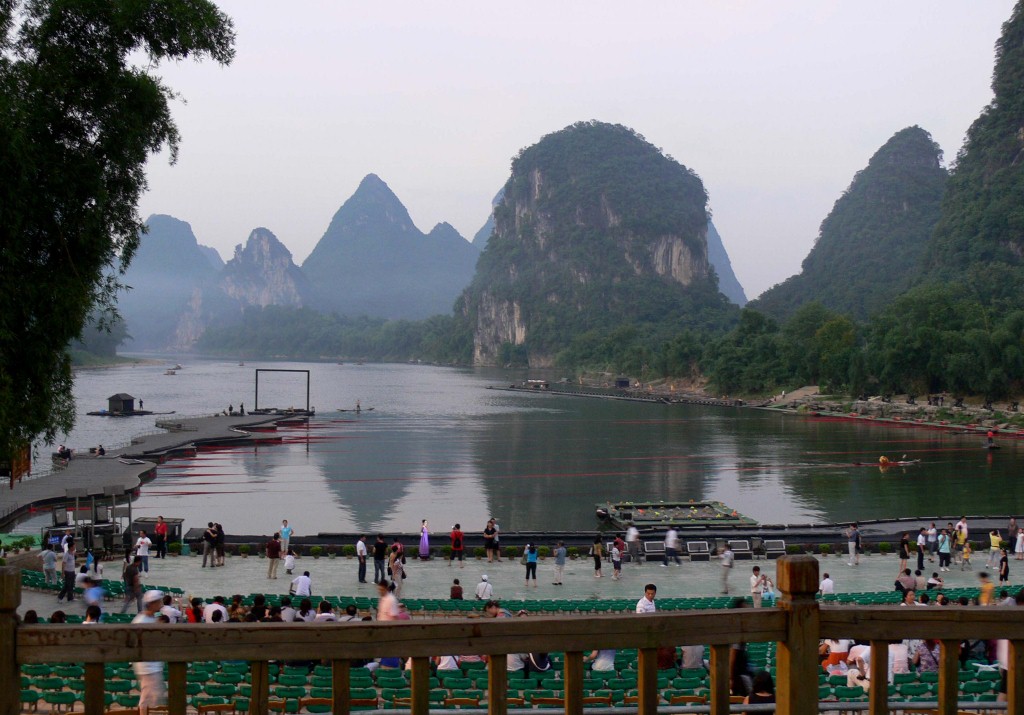_small.jpg) |
We had a great meal in a local restaurant and then went to night river show.
We arrived near dusk, and the show started after dark. This was another
suggestion Dave Bruels made and it was amazing. The choreographer, Zhang
Jigang , also did the choreography for the opening ceremony at the Beijing
Olympic games. He used the river and the surrounding mountains to great
effect, with a movable stage, creative costumes, and a cast of hundreds from
the town. We didn't take any pictures during the show, but a couple of
excellent photos are at the bottom of
this page. |
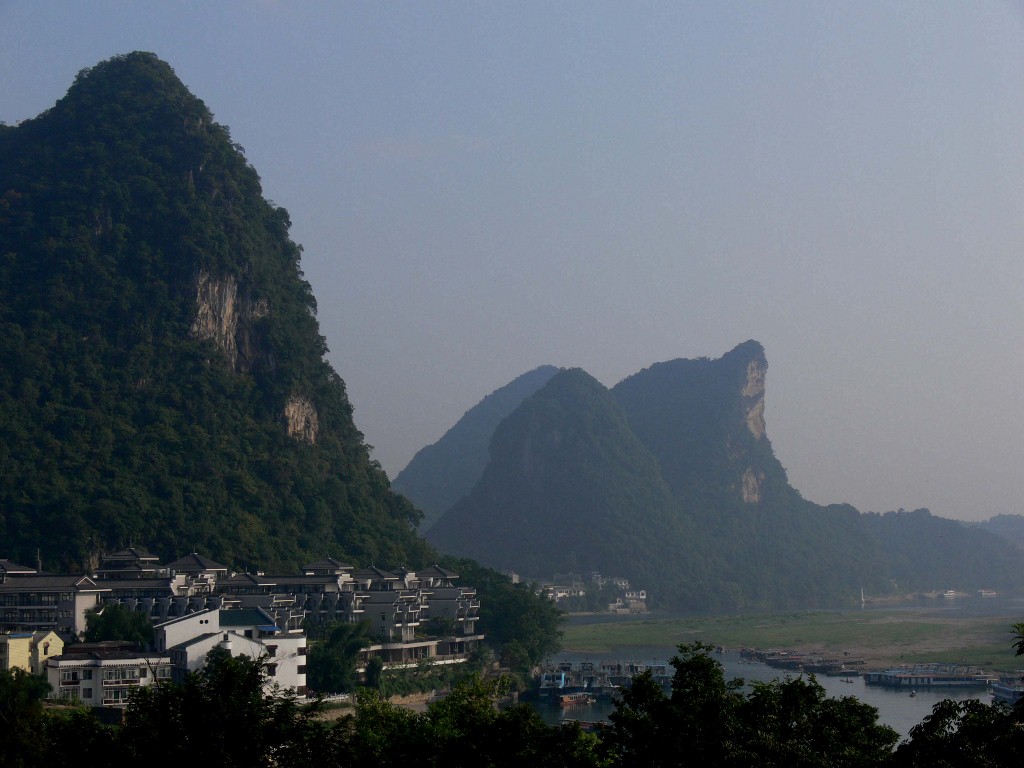_small.jpg) |
This is the view from our hotel balcony the next morning. After breakfast,
we lazed on the deck, drank coffee and enjoyed the view. A hot-air balloon
drifted by, and water buffalo swam in the river. The hotel rooms in China
all had kettles and most had tea, but coffee was less common. We brought
piles of Starbuck's Via to get
our morning coffee fix. |
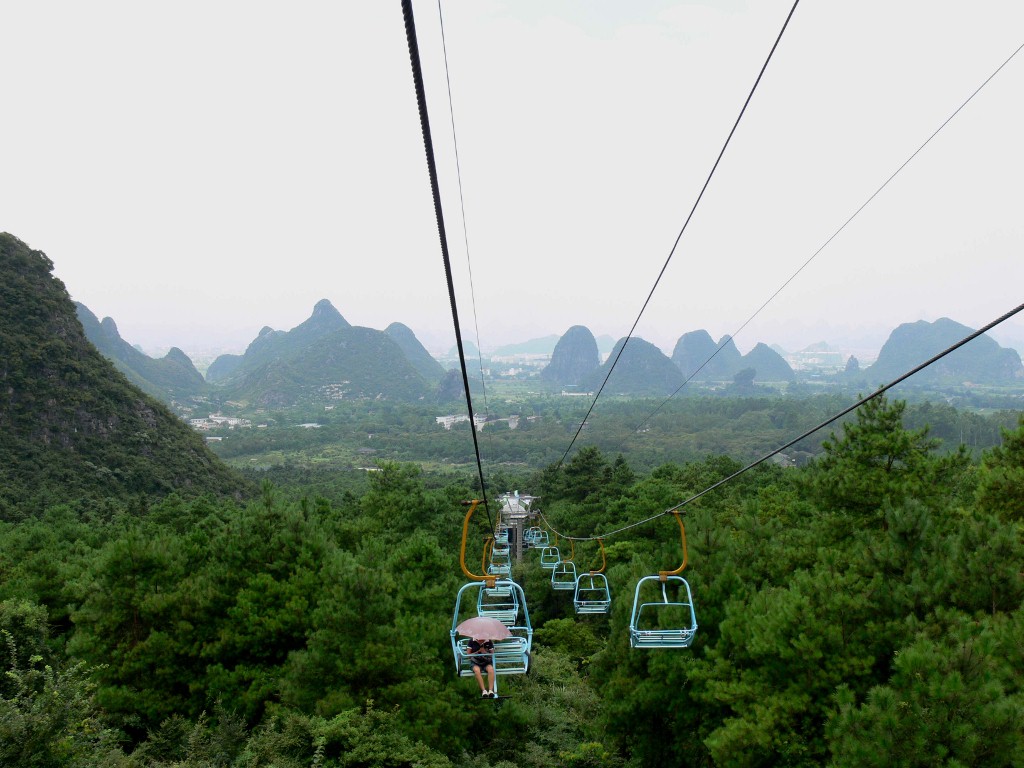_small.jpg) |
We would be flying out of Guilin that evening, and didn't have anything
pre-planned for the day. One possibility was to tour the countryside around
Yangshuo, or perhaps take a balloon ride, or just spend time in town before
returning to Guilin. We opted instead to take the Guilin Cable Car to the
top of Yaoshan Mountain. The 3,000-foot mountain is the highest in the area
and has sweeping views of the countryside. That's
Sue riding on the
chair behind us. (Most of the guides used an English name to make it easier
to remember.) |
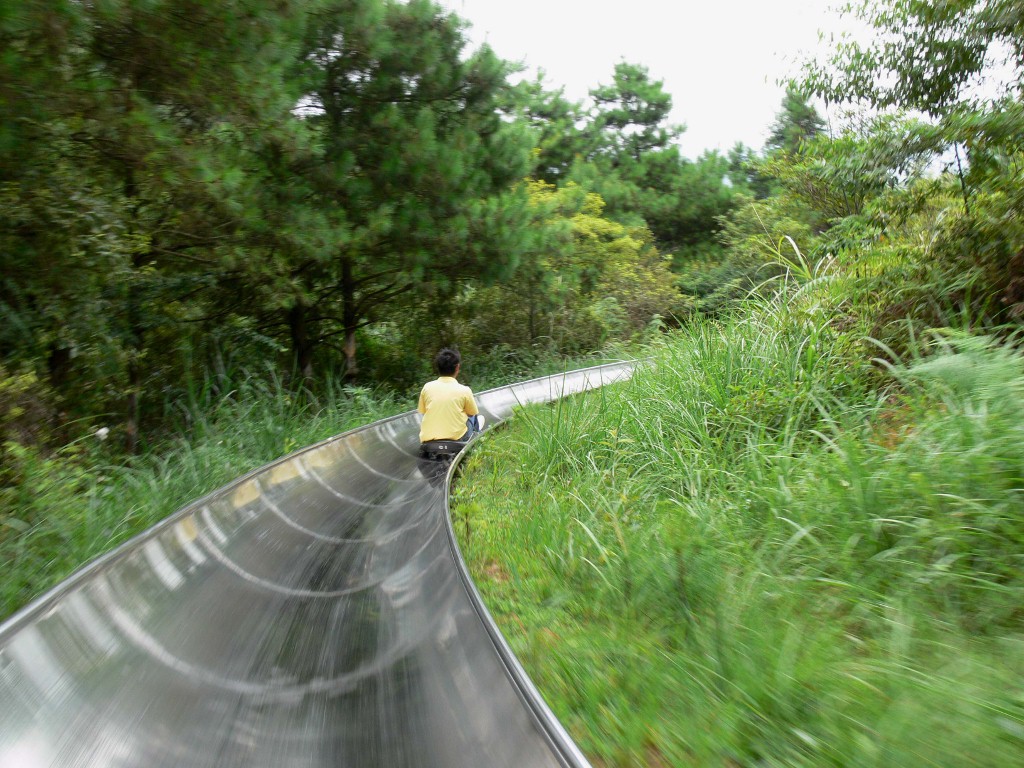_small.jpg) |
Cable cars were common in China, as were toboggan runs back down. |
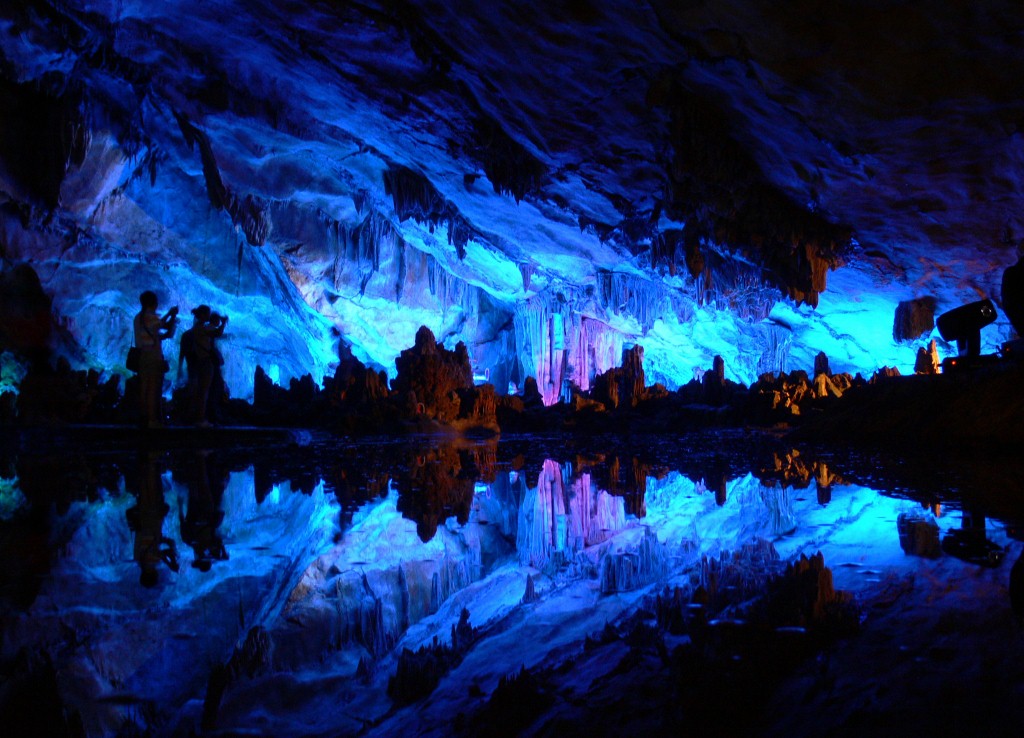_small.jpg) |
We'd enjoyed Crown Cave so much that we also wanted to visit Reed Flute
Cave. This cave is closer to Guilin, and is busier and not considered as spectacular
as Crown Cave. But we really enjoyed it--the formations are so unusual, and
the caverns are huge. As in Crown Cave, colored lighting enhanced the
display. |
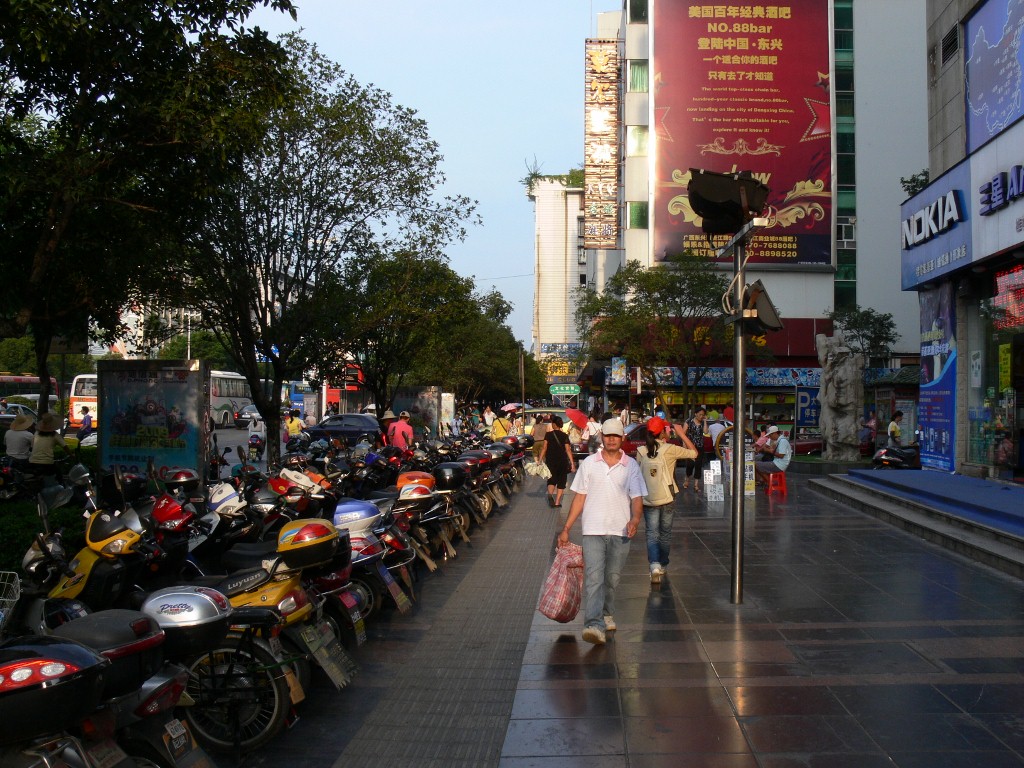_small.jpg) |
We had a few hours before the flight to wander around Guilin on our own. The
Li River area is quite clean and free of smog, unlike some of the other
cities we visited. This is because, according to Sue, no "pollution
factories" are allowed there. People were very friendly and curious. Several
people came up to talk with us and to practice their English. |
 |
Click for more pictures |
Last updated 2009.12.01 |
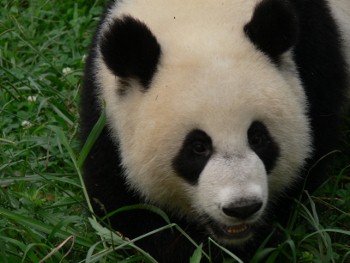
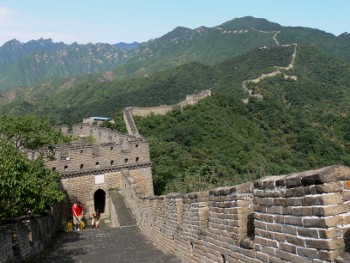
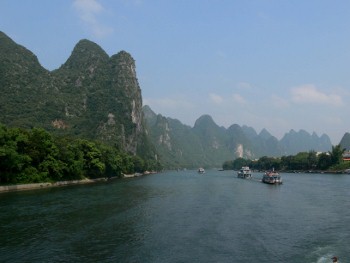
_small.jpg)
_small.jpg)
_small.jpg)
_small.jpg)
_small.jpg)
_small.jpg)
_small.jpg)
_small.jpg)
_small.jpg)
_small.jpg)
_small.jpg)
_small.jpg)
_small.jpg)
_small.jpg)
_small.jpg)
_small.jpg)
_small.jpg)
_small.jpg)
_small.jpg)
_small.jpg)
